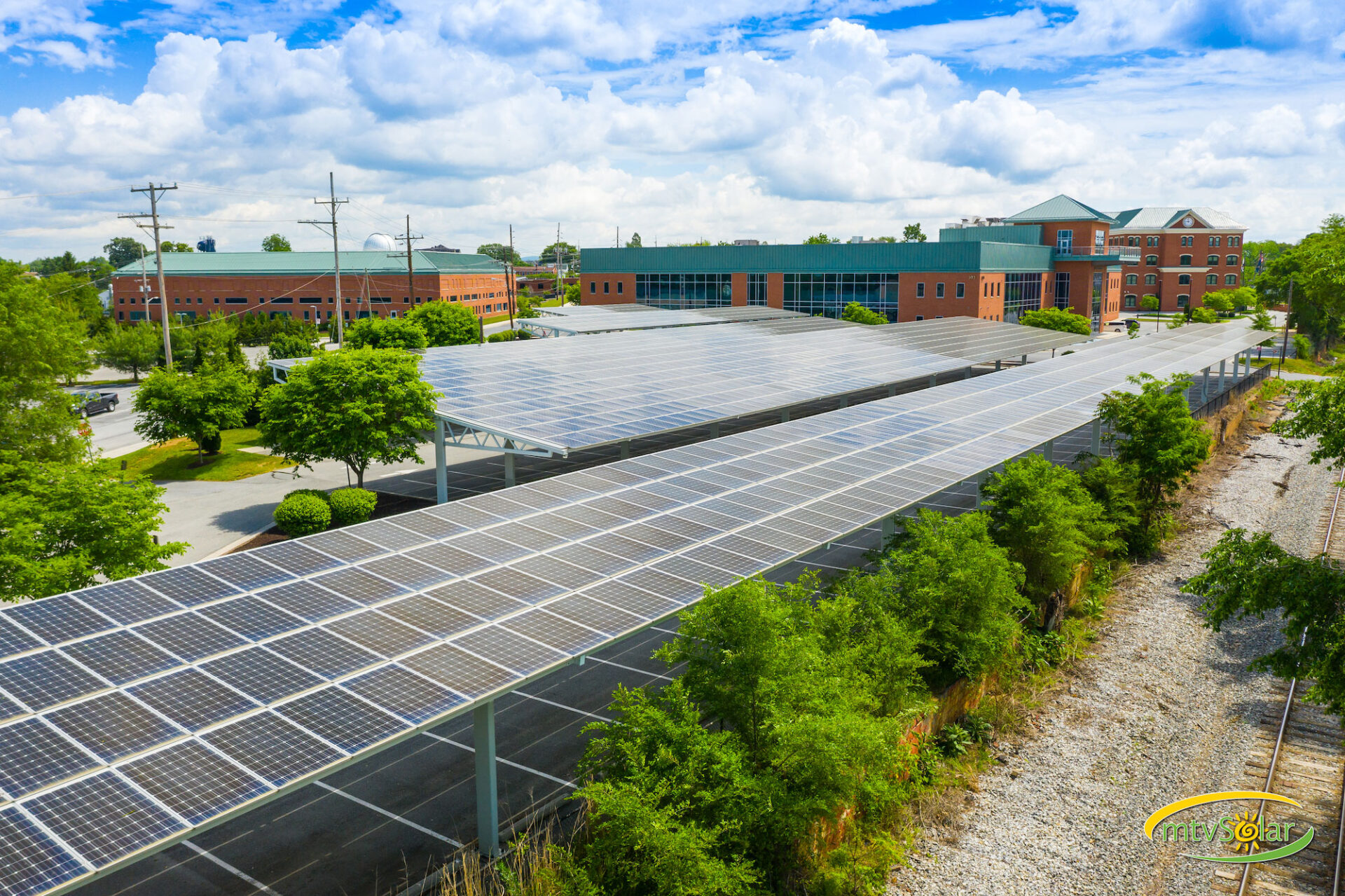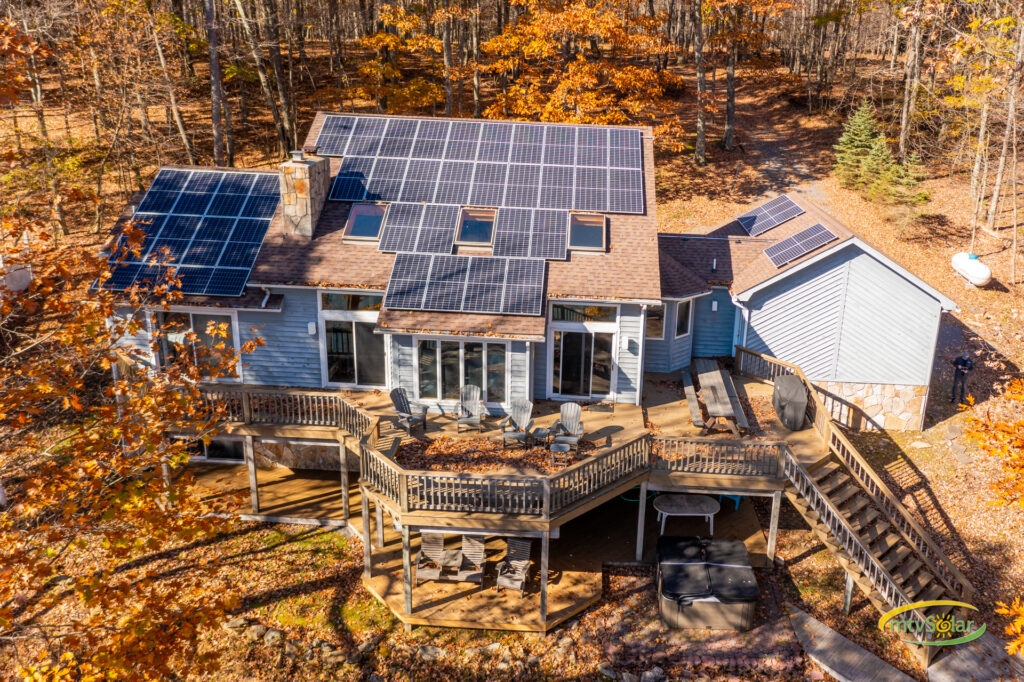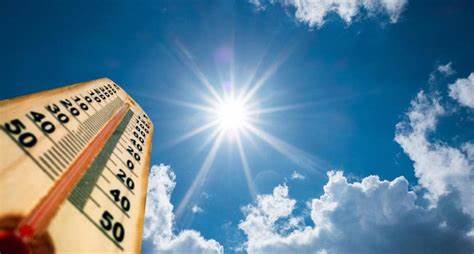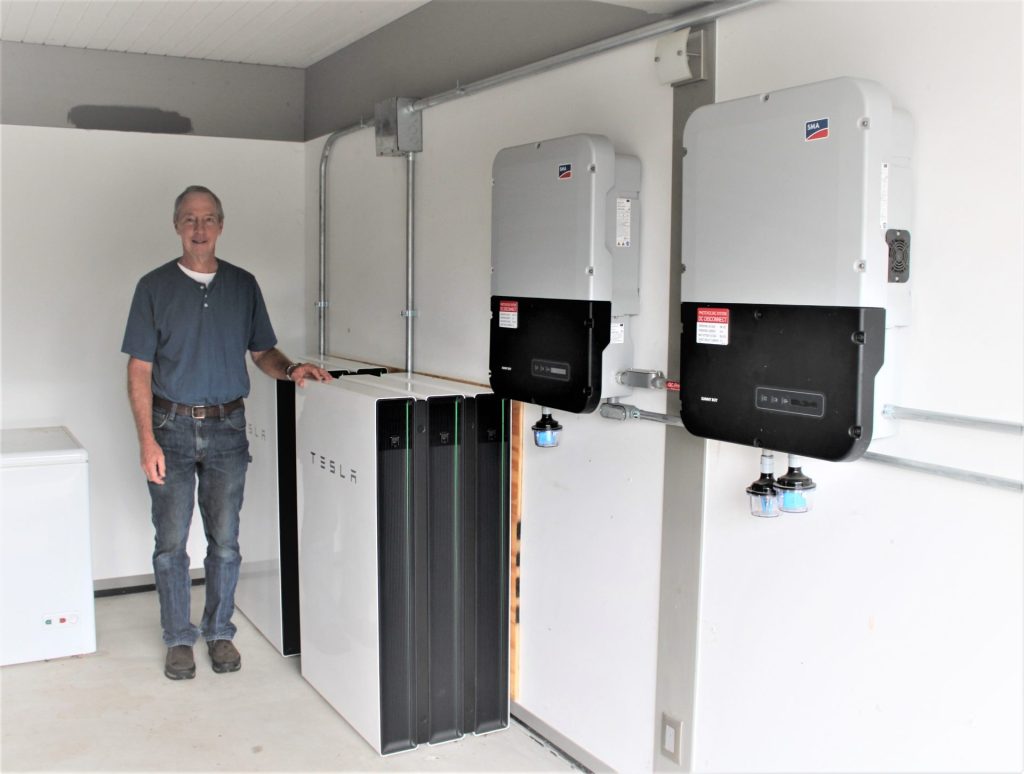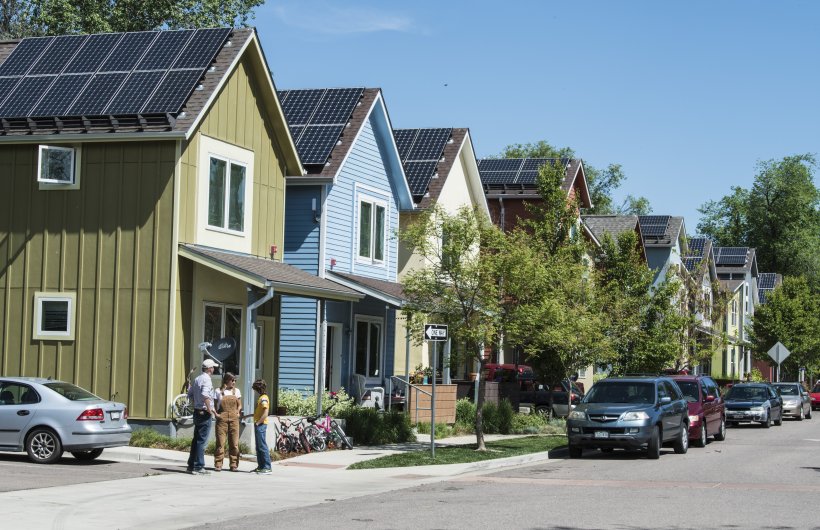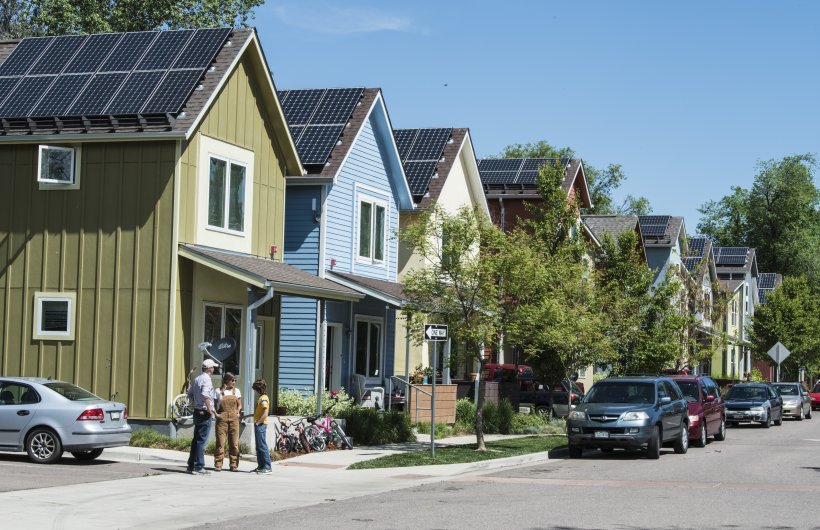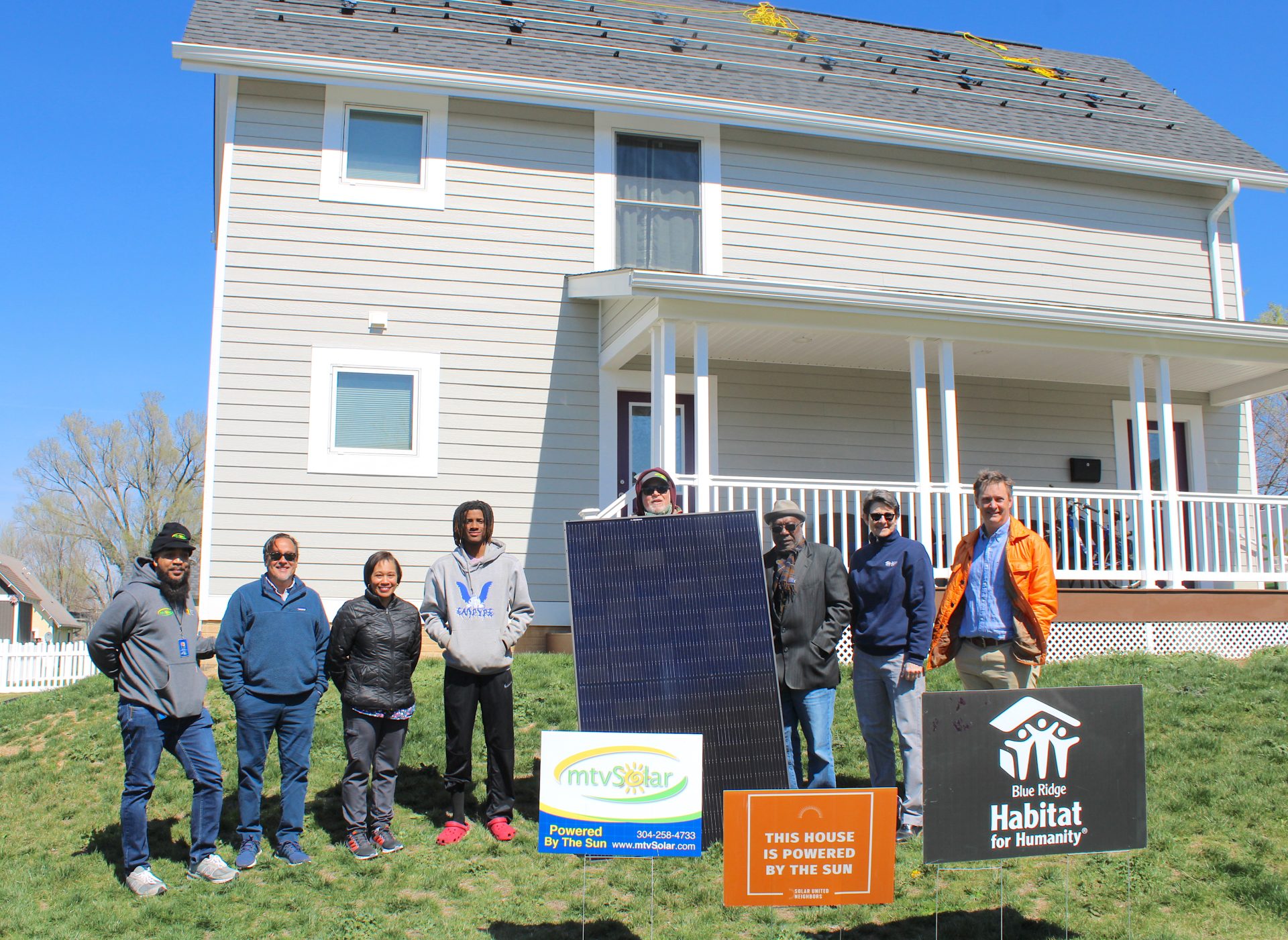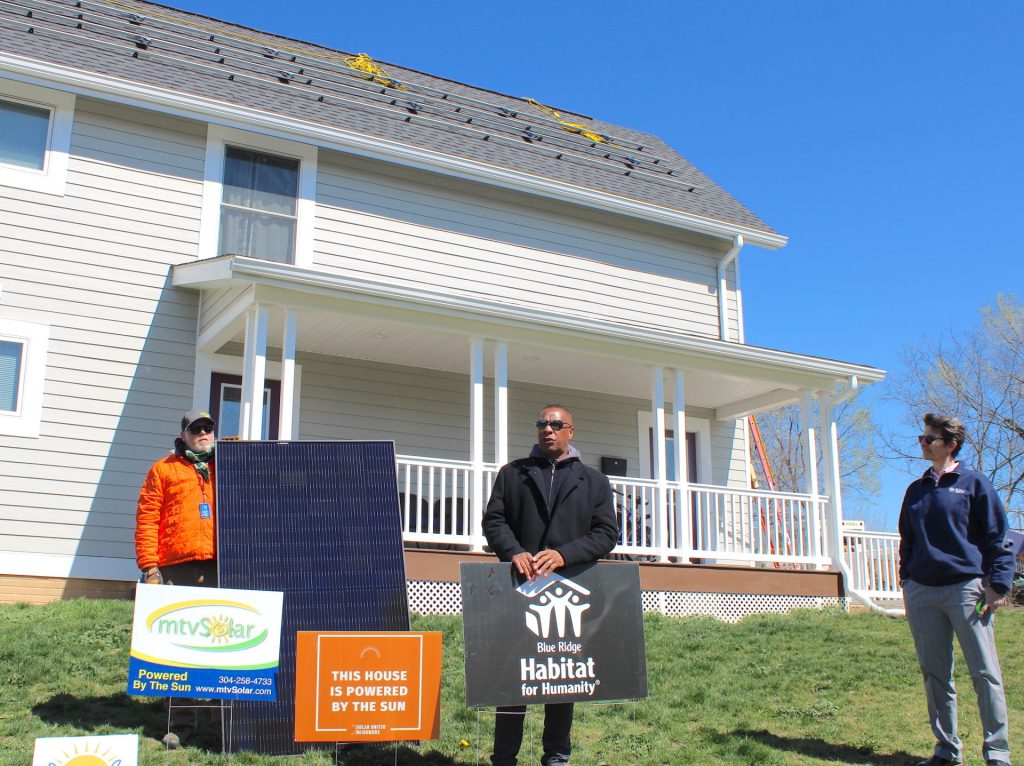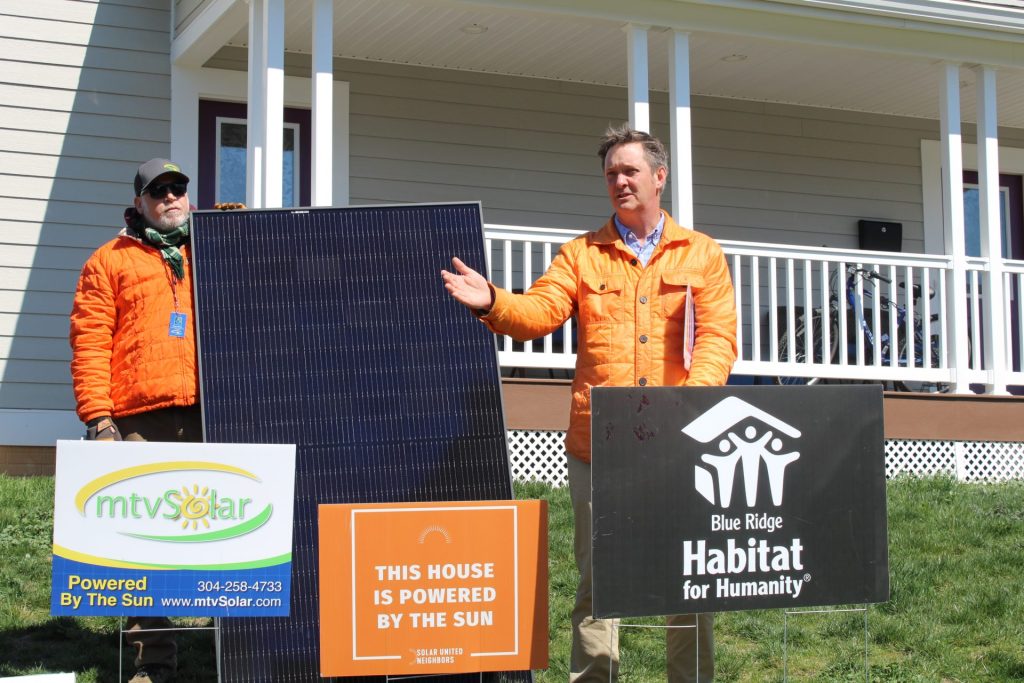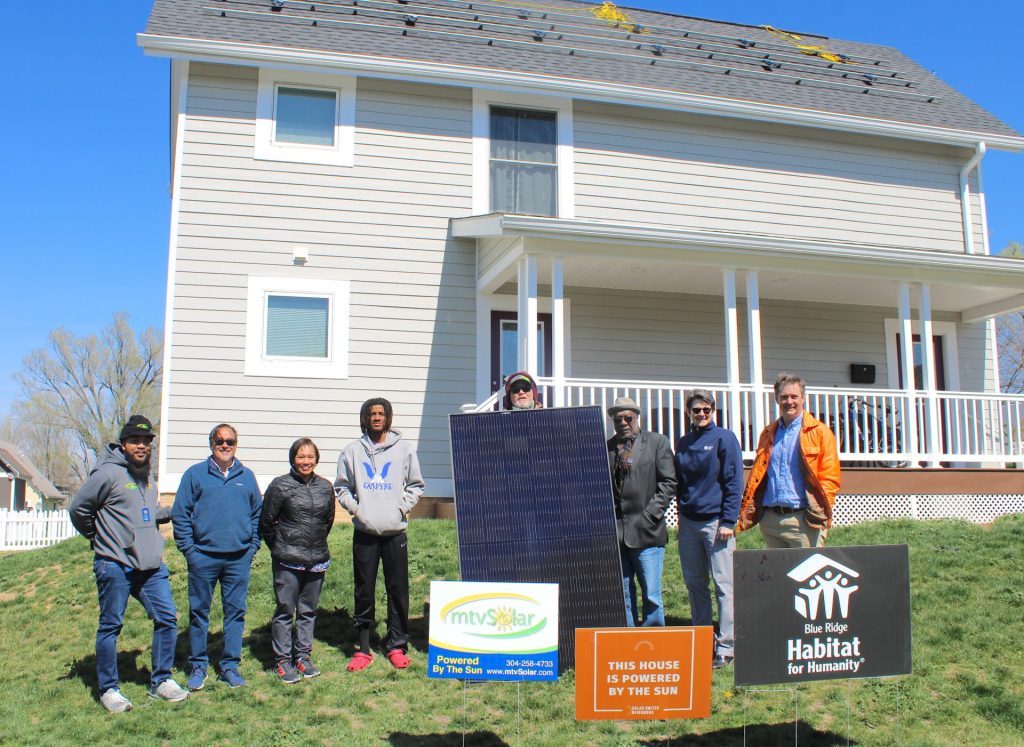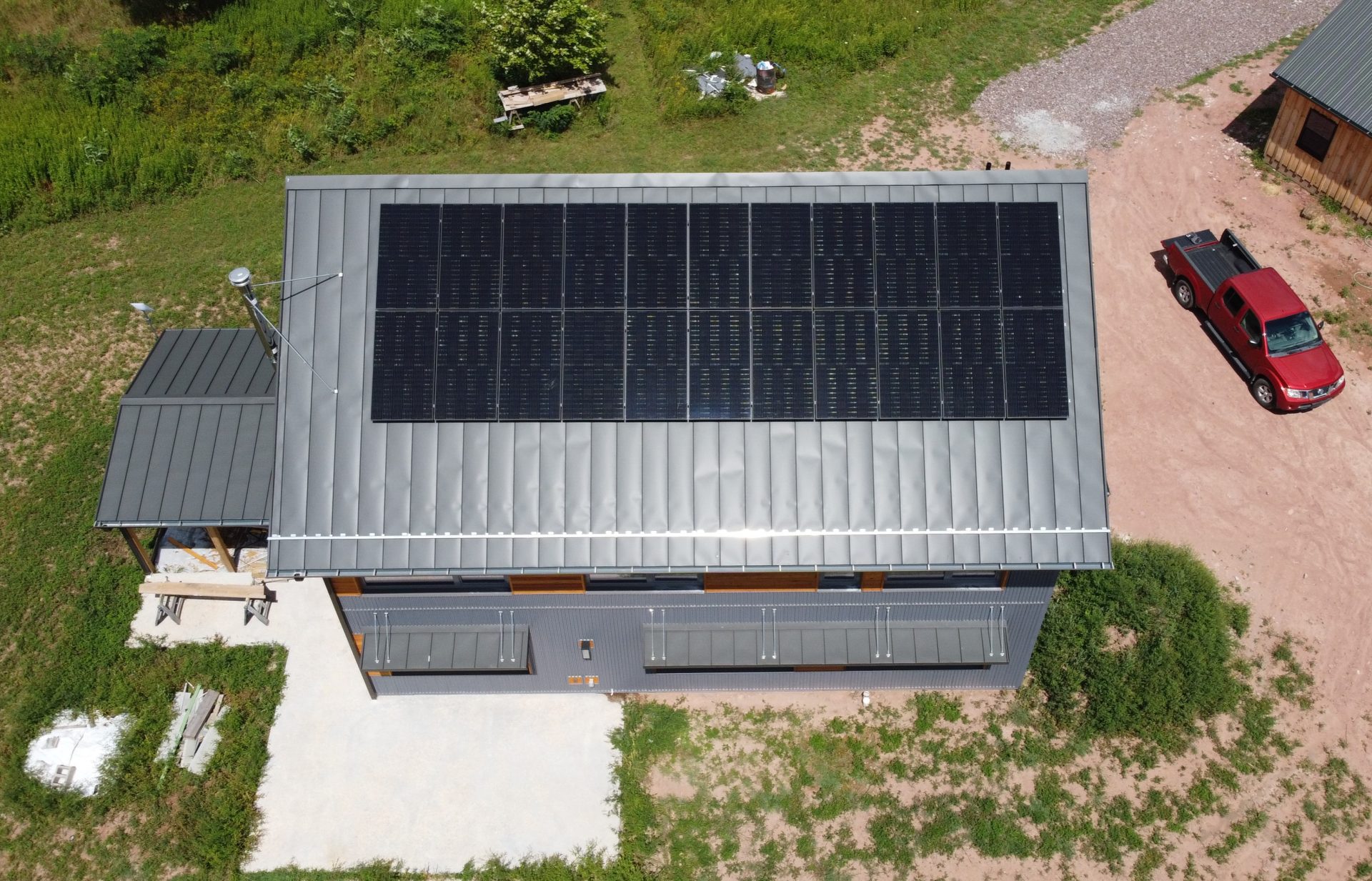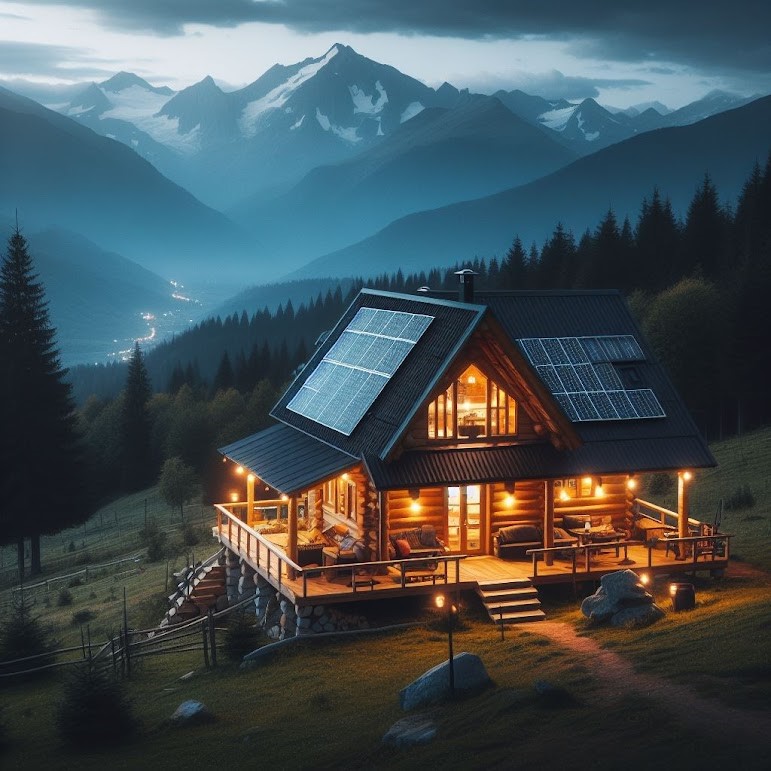Two recent reports about the American energy grid and trends in usage are placing renewables front and center as solutions for future power needs.
The U.S. Department of Energy on December 20 released a new report showing how data centers are and will use big chunks of electricity supplies. As AI is woven through every sector of the technology industry, and is at work in our individual daily lives, the power needed to run computers is growing exponentially.
“The report estimates that data center load growth has tripled over the past decade and is projected to double or triple by 2028. U.S. electricity demand is projected to account for data center expansion and the rise of artificial intelligence (AI) applications, domestic manufacturing growth, and electrification of different industries.”
“The report finds that data centers consumed about 4.4% of total U.S. electricity in 2023 and are expected to consume approximately 6.7 to 12% of total U.S. electricity by 2028. The report indicates that total data center electricity usage climbed from 58 TWh in 2014 to 176 TWh in 2023 and estimates an increase between 325 to 580 TWh by 2028,” the Department of Energy said.

How does solar fit into this enormous demand for power? In many ways, solar generating systems for homes and small businesses act as an insulating factor against heavier and heavier demands on the grid. Off-grid solar obviously escapes any and all pressures on the public electrical infrastructure. The solar power you make stays on your property, powering your home and maybe even charging your own battery system. Grid-tied solar still affords lots of energy independence, making a home or business less reliant on the supply (and prices) of the local power utility.
As individuals in our region are finding out, electrical upgrades are being made to the grid to supply more and more data centers. This work sometimes causes outages. In other areas, peak demand charges make electricity more expensive during times of day when the highest number of customers are drawing power.
That’s why renewable energy and innovative power sources are being harnessed to meet rapidly-growing power needs.
Meanwhile, end-of-the-year data reports put out by the Federal Energy Regulatory Commission (FERC) and the U.S. Energy Information Administration (EIA) points to renewable energy sources (i.e., biomass, geothermal, hydropower, solar, wind) moving into a bigger role in energy supplies. Renewable energy is now over 30% of total U.S. utility-scale (i.e., >1-MW) power generation capacity and could reach 37% by the end of 2027.
“Solar accounted for 79.3% of all new utility-scale generation placed into service in the first ten months of 2024. In October alone, solar comprised 91.8% of all new capacity added,” said analysts looking at the data reports.
Small-scale solar reportedly accounts for 27.9% of all solar generation and contributed 2% of U.S. electricity supply in the first 10 months of 2024.
What does this all mean for power users and solar futures?

mtvSolar’s Casey Feezle, Director of Business Development, has been involved in energy discussions around data centers and hyperscale power users, watching how they will impact the needs and options of everyday businesses and residents. He says there is plenty of uncertainty surrounding supply models, but solar energy truly is the smart choice now.
“In light of these uncertainties,” Casey says, “solar energy provides stability and control.”
Here’s how, he says:
1️⃣ Protects Against Rising Rates: Solar stabilizes your energy costs as utilities adapt to growing energy demands.
2️⃣ Leverages Current Incentives: Existing net metering and tax credits make solar financially advantageous—lock in benefits now.
3️⃣ Reduces Grid Dependence: Onsite generation shields you from potential cost increases tied to grid upgrades.
Anyone watching energy trends with worries about electric rates or grid stability would be smart to consider solar and what it can deliver, no matter what the future holds.


